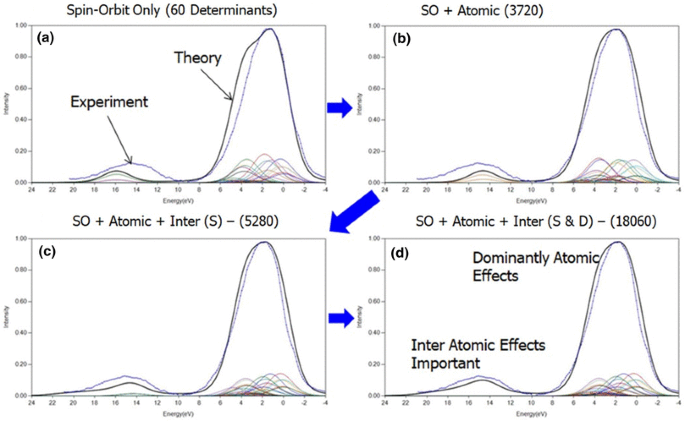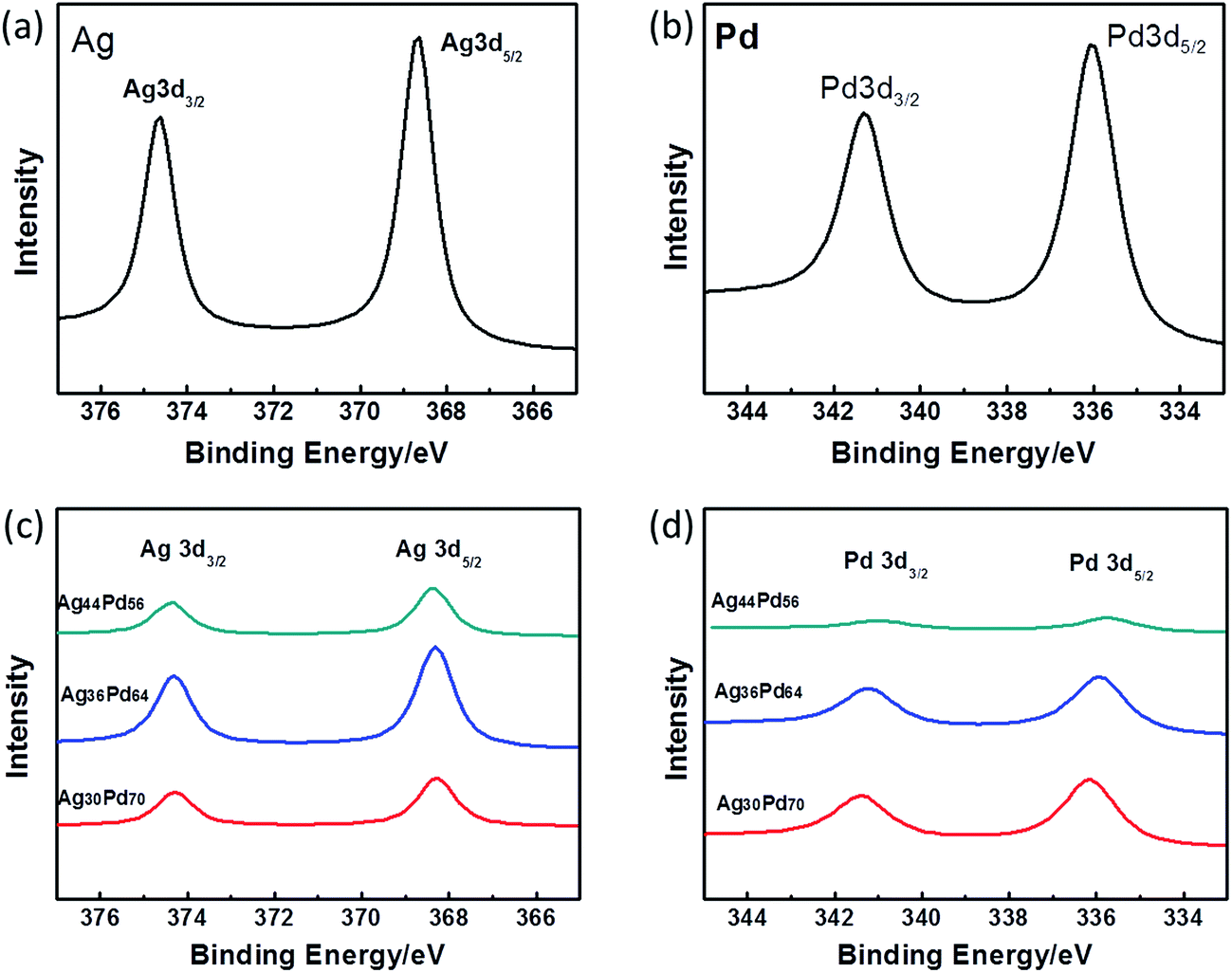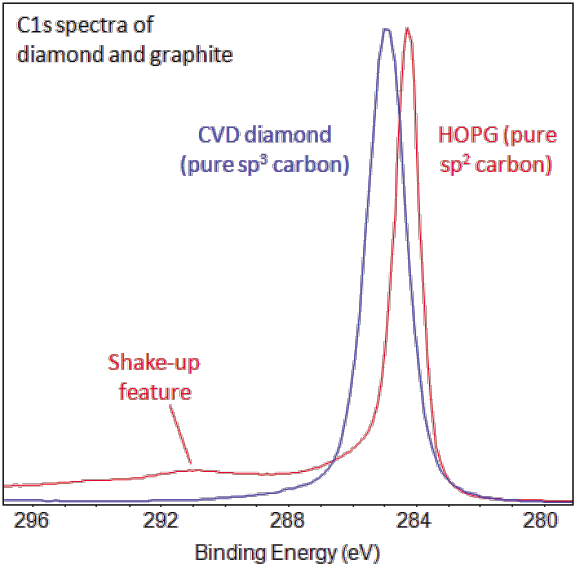
For destructive depth profiling of depths up to a few microns the sample is first examined with narrow energy ranges and is then ion sputtered to remove the desired amount of material. For non-destructive depth profiling of the outer ~10-20 nm is examined by tilting the sample to modify the sampling depth. In this mode narrow energy ranges are scanned. To get more detailed chemical state information, XPS Analysis uses narrow energy ranges that scan under high energy resolution conditions.Īpplication: Identify chemical state from detailed peak position and peak shape (it is typically necessary to firs confirm which elements are present by doing a survey XPS analysis, for instance. High resolution XPS analysis (narrow energy range) In other words, an application for identification and quantification of elements present on a surface. Survey XPS analysis (wide energy range)Įxcept for H and He, XPS scans the entire energy range to present.

In addition, since the binding energy of elements varies slightly depending on their bonding state (and their chemical environment), information such as whether an element exists as a compound (and what kind) can be obtained from the amount of energy shift (chemical shift) at the photoelectron peak position.įor examples of applications that make it easy to understand what XPS Analysis can do. Φ is the work function of the spectrometerĮlemental analysis becomes possible by measuring the kinetic energy of photoelectrons. The energy of the X-rays (hν), the kinetic energy of the emitted electrons (KE), and the binding energy (BE) of the electrons are related as follows: Our deconvolution strategy provides a simple guideline for obtaining high-quality fits to experimental data on the basis of a careful evaluation of experimental conditions and results.Each orbital level of each element has a specific energy level and hence a specific binding energy required to remove the electron from the atom. The deconvolution method proposed provides C/(N + O) ratios in very good agreement (error less than 5%) with those obtained from total C 1s, N 1s and O 1s peaks. With the DFT calculations, spectral components arising from surface-defect carbons could be distinguished from aromatic sp 2 carbon.

Furthermore, we propose an expanded method to improve the self-consistency of the XPS interpretation based on a seven-peak C 1s deconvolution (3 C–C peaks, 3 C–N/-O peaks, and π-π∗ transition peaks).

To improve the interpretation of XPS spectra of nitrogen-doped carbons, the C 1s, N 1s and O 1s core level energy shifts have been calculated for various nitrogenated carbon structures via DFT. Quantifying the content of surface nitrogen and oxygen containing functional groups in amorphous nitrogen doped carbons via deconvolution of C 1s x-ray photoelectron (XPS) spectra remains difficult due to limited information in the literature.


 0 kommentar(er)
0 kommentar(er)
